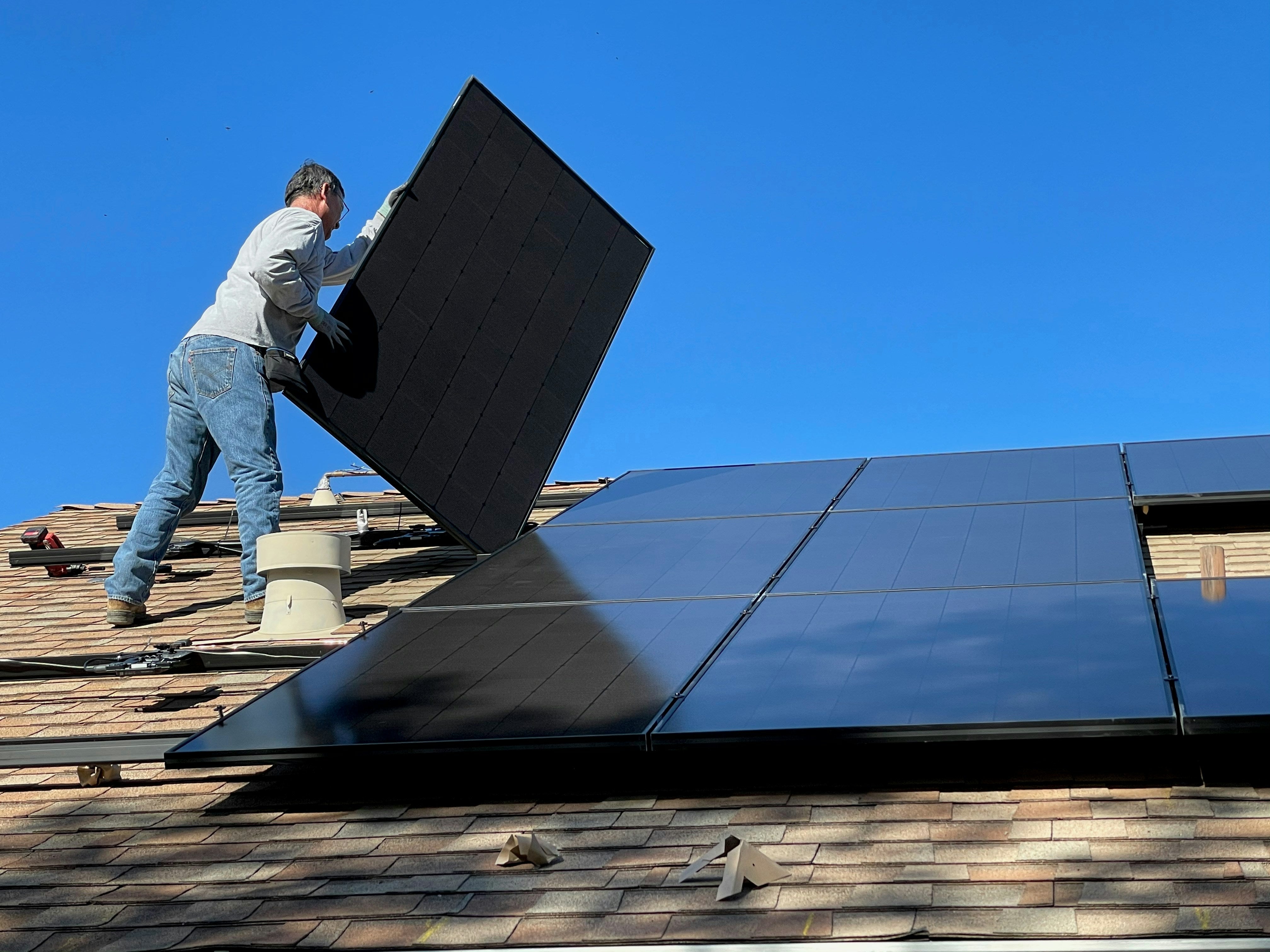Roofing Resilience: 6 Essential Strategies for a Sturdy Shelter
In the face of increasingly unpredictable weather patterns, the resilience of our homes has never been more critical. The roof, a key protector against the elements, demands particular attention to ensure it provides a sturdy shelter year-round. In this blog, we'll explore six essential strategies for enhancing roofing resilience. From selecting the right materials to regular maintenance, these strategies are designed to fortify your home's first line of defense against nature's fury, ensuring safety and peace of mind for you and your loved ones.
Choosing Durable Materials
The foundation of roofing resilience lies in the selection of durable materials that can withstand harsh weather conditions. While traditional options like asphalt shingles are popular for their affordability and aesthetic appeal, modern advancements have introduced materials like metal, slate, and synthetic tiles that offer superior durability and longevity. When dealing with metal roofing asking a professional roofer for their recommendations and advice could ensure you make the right choice for your home. This proactive approach will help you choose a material that's suited to your budget and the climate of your area, ensuring maximum resilience.
Proper Installation Techniques
Ensuring that your roof is installed correctly is paramount to its long-term resilience and effectiveness. A roof that is not installed according to industry standards can lead to significant issues, such as leaks, thermal inefficiency, and in extreme cases, total structural failure. It's essential to hire a certified and experienced roofing contractor who understands the nuances of installing the chosen materials.
They should follow the best practices for sealing, nailing, and arranging materials, all of which play critical roles in the roof's ability to withstand extreme weather conditions. Proper installation also involves considering local building codes, ventilation needs, and insulation requirements to provide not just protection, but also energy efficiency for your home. By prioritizing professional installation techniques, homeowners can avoid costly repairs and replacements down the line, reinforcing the roof's durability and lifespan.
Regular Inspections and Maintenance
Maintenance plays a pivotal role in extending the life span of your roof and ensuring it remains a reliable shield against the elements. Homeowners should schedule regular inspections at least twice a year, preferably during spring and fall, to prepare for the more severe weather conditions of winter and summer. These inspections can help identify potential issues such as cracked, missing, or damaged shingles; clogged gutters; and any signs of water damage.
Early detection allows for timely repairs, preventing minor problems from escalating into major, costly damages. Keeping the roof clean of debris, such as leaves and branches, and ensuring gutters and downspouts are unobstructed, can significantly improve water drainage and reduce the risk of leaks and water damage.
Reinforcing Weak Areas
Identifying and reinforcing weak areas of your roof is crucial to enhance its overall resilience. Particularly vulnerable areas include the roof valleys, eaves, and points where the roof meets a wall or chimney. These areas are prone to leaking due to water accumulation and should be fortified with extra layers of protection, such as waterproof underlayment and sealants. Flashing, a thin material used to direct water away from critical areas, should be installed properly and inspected regularly for signs of damage or deterioration. Additionally, reinforcing these areas can also involve updating or repairing the soffit and fascia, which not only aids in preventing water damage but also ensures proper attic ventilation.
Implementing Weatherproofing Measures
Weatherproofing your roof is another essential strategy to bolster its resilience against harsh conditions. This involves several steps, starting with the application of a waterproof barrier beneath the roofing material. This barrier acts as an additional layer of protection, preventing water from seeping through and causing damage to the roof structure. Sealants and coatings can also be applied to the roof's surface to enhance its resistance to water, UV rays, and other environmental factors. For regions prone to heavy snow and ice, the installation of heating cables along the eaves can prevent ice dams from forming, thereby mitigating potential water damage.
Emergency Preparedness
In addition to the measures outlined for enhancing the resilience of your roof, emergency preparedness is a crucial component to ensure your home can withstand severe weather events. This involves having a plan in place for rapid response and recovery in the event of roof damage. Homeowners are encouraged to keep a list of trusted roofing contractors who offer emergency repair services.
It's also prudent to maintain an updated inventory of roofing materials that match your current roof, as this can expedite repair processes following a storm or other incident. Emergency preparedness also includes having the necessary tools and protective tarps on hand to provide temporary cover for any breaches in the roof's surface. This can help minimize water damage inside the home until professional repairs can be made.
By prioritizing these essential strategies, homeowners can ensure their roofs remain resilient and reliable, capable of withstanding whatever Mother Nature throws their way. Regular maintenance, proper installation, and proactive measures like weatherproofing and emergency preparedness are key to fortifying your roof against the elements and providing peace of mind and safety for you and your loved ones.










